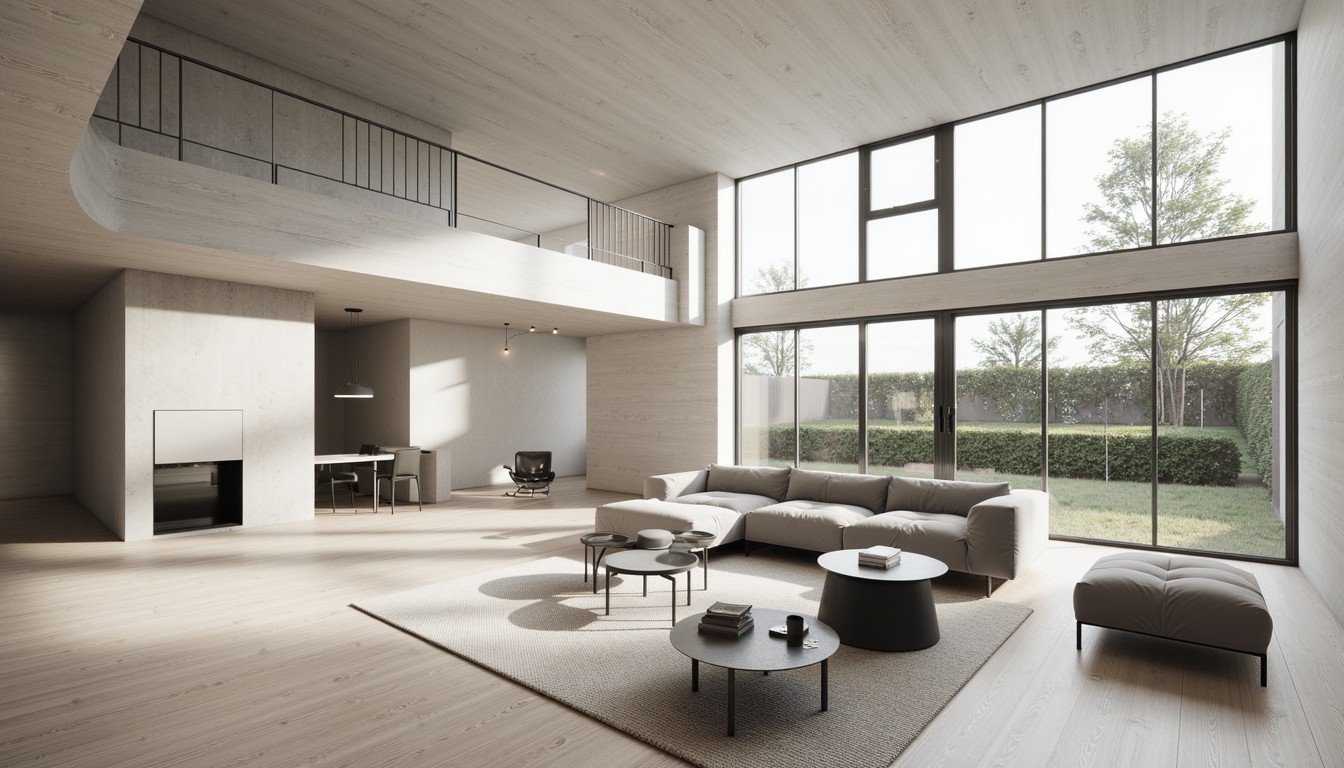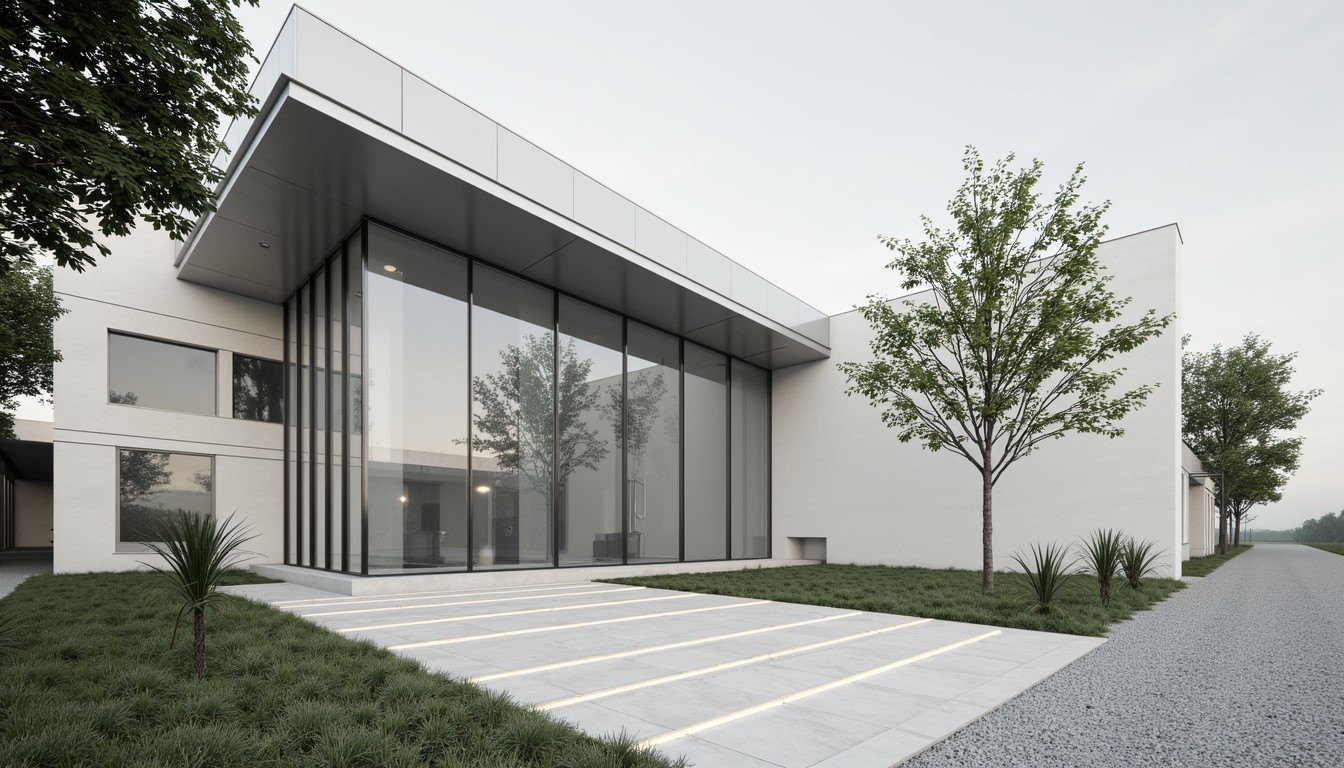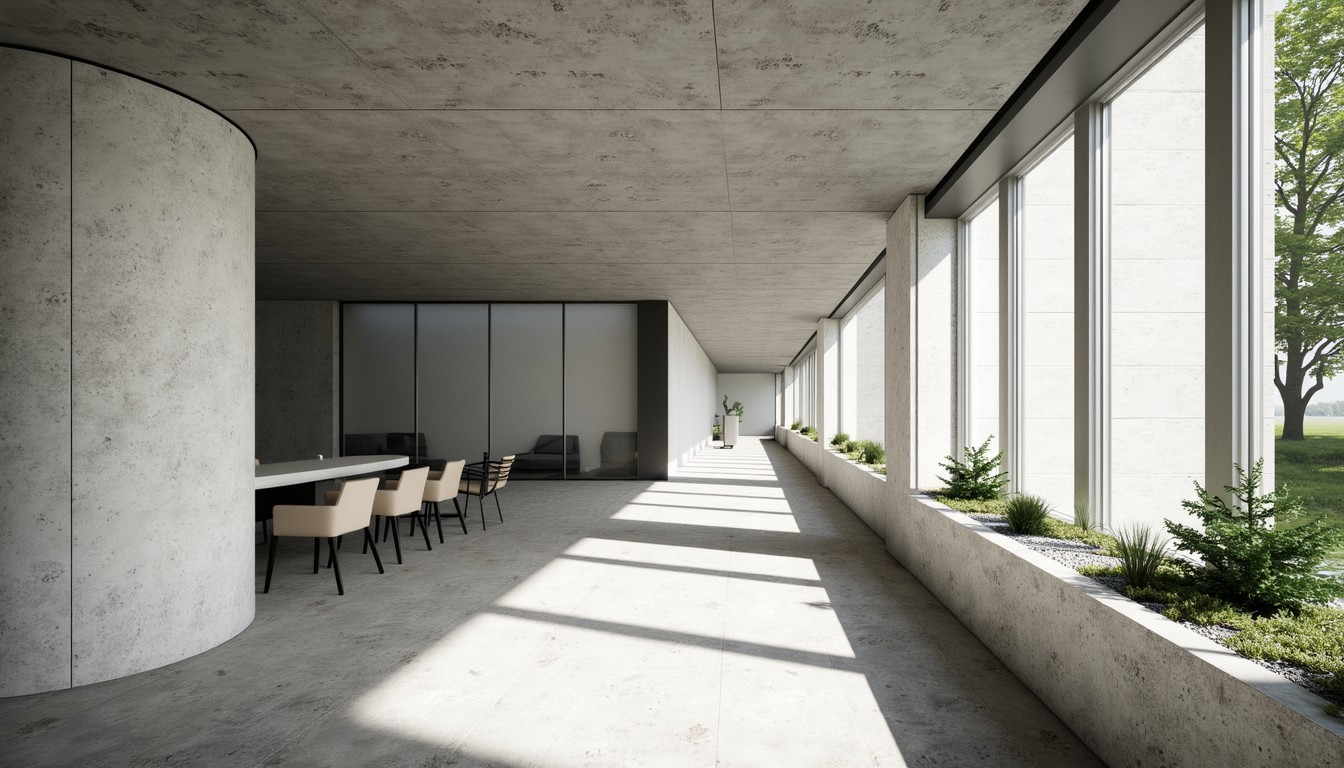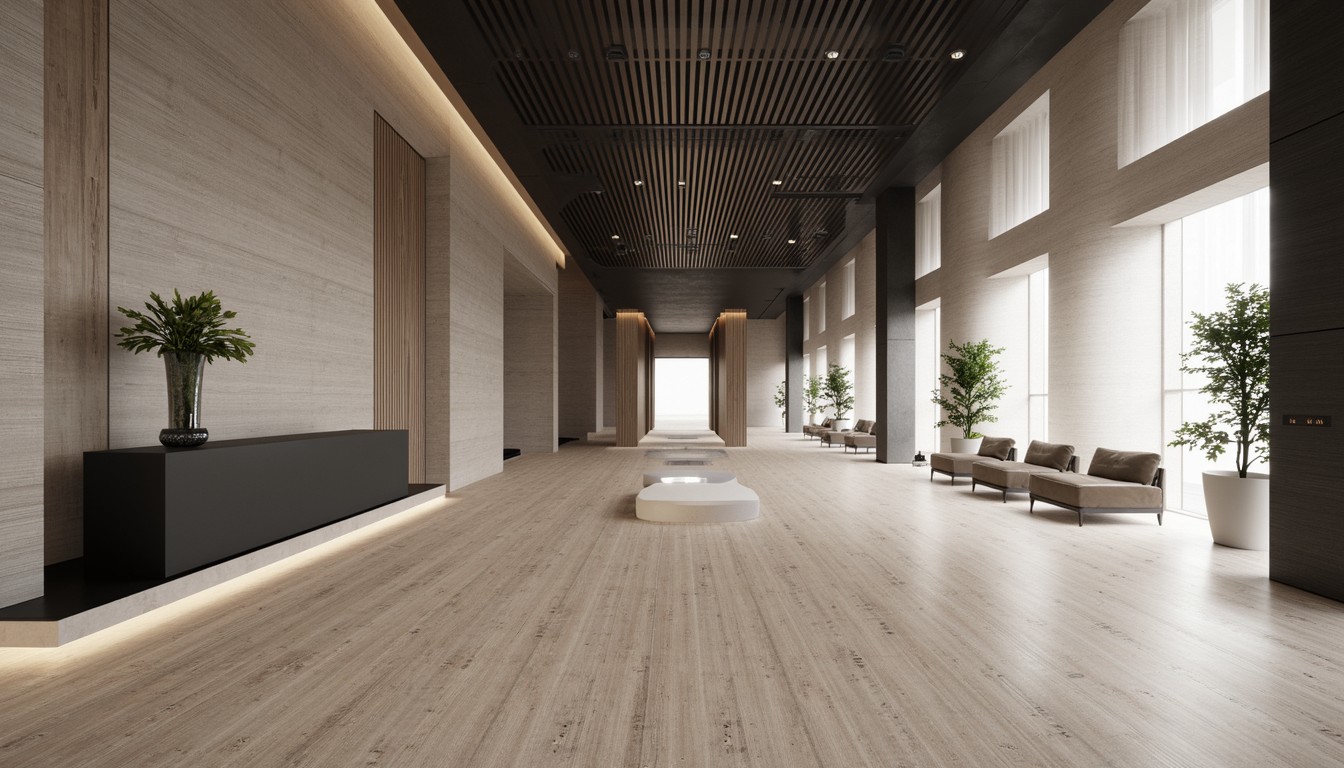VR in Architecture: Designing Tomorrow's Spaces
The architectural landscape is undergoing a dramatic transformation, driven by technological advancements that are redefining how we design, visualize, and experience built environments. At the forefront of this revolution is Virtual Reality (VR), a powerful tool that's rapidly changing the way architects and designers approach their work. ArchNav, a leader in architectural visualization, understands the transformative power of VR and utilizes it to deliver unparalleled results for our clients.
Immersive Design and Visualization: Beyond Static Renderings

Traditional methods of architectural visualization, such as 2D blueprints and static renderings, often fail to capture the true essence of a design. They lack the depth, scale, and immersive quality that allows clients and stakeholders to truly understand and connect with a project. VR changes this paradigm. By creating fully immersive virtual environments, architects can offer clients a realistic and engaging experience of their future spaces. Imagine walking through a building before it's even constructed, experiencing the flow of light, the spatial relationships, and the overall atmosphere – this is the power of VR in architectural design.
Benefits of VR in Architectural Visualization:
- Enhanced Client Communication: VR facilitates clearer communication by allowing clients to experience the design directly, fostering better understanding and reducing potential misunderstandings.
- Early Problem Detection: Identifying design flaws and potential issues early in the process is crucial for cost-effectiveness. VR allows for the detection and resolution of these problems before construction begins.
- Improved Design Iteration: VR empowers architects to experiment with different design options within a virtual environment, facilitating faster and more efficient iterations.
- Increased Client Satisfaction: The immersive nature of VR fosters a deeper connection between the client and the design, leading to higher levels of satisfaction.
Collaboration and Communication: Bridging the Gap

Effective collaboration is essential for successful architectural projects. VR technology fosters seamless collaboration among architects, designers, engineers, and clients, regardless of their geographical location. ArchNav leverages VR to conduct virtual meetings, design reviews, and client presentations, facilitating efficient communication and accelerating the design process.
Real-World Applications of VR Collaboration:
- Remote Design Reviews: Architects and stakeholders can participate in design reviews from anywhere in the world, saving time and travel costs.
- Interactive Client Presentations: VR presentations offer a captivating and memorable experience, making it easier to secure client approvals.
- Enhanced Teamwork: VR provides a shared virtual space where team members can collaborate in real-time, improving communication and efficiency.
Beyond Visualization: Design Optimization and Functionality
The applications of VR in architecture extend beyond mere visualization. It's a powerful tool for design optimization and ensuring the functionality of spaces. ArchNav utilizes VR to test different layouts, assess spatial relationships, and simulate the flow of people and traffic within a building. This data-driven approach leads to more efficient and user-friendly designs.
VR for Design Optimization:
- Space Planning and Optimization: VR allows architects to experiment with different layouts and configurations to optimize space utilization.
- Ergonomics and Accessibility: VR can be used to assess the ergonomics of a space and ensure accessibility for people with disabilities.
- Environmental Simulation: VR can simulate lighting, ventilation, and other environmental factors to optimize building performance.
The Future of VR in Architecture

The future of VR in architecture is bright. As technology continues to evolve, we can anticipate even more immersive and realistic experiences. The integration of VR with other technologies, such as Artificial Intelligence (AI) and Building Information Modeling (BIM), will further enhance its capabilities, leading to more efficient and sustainable design practices. ArchNav is at the forefront of this evolution, constantly exploring and implementing the latest advancements in VR technology to deliver cutting-edge architectural visualization services.
ArchNav: Your Partner in VR Architectural Visualization
ArchNav is committed to providing our clients with the most innovative and effective architectural visualization solutions. Our expertise in VR technology allows us to create immersive experiences that transform the way architects and clients interact with building designs. We are dedicated to pushing the boundaries of architectural visualization, leveraging the power of VR to design tomorrow's spaces, today. Contact us to learn more about how we can help you bring your architectural vision to life.
